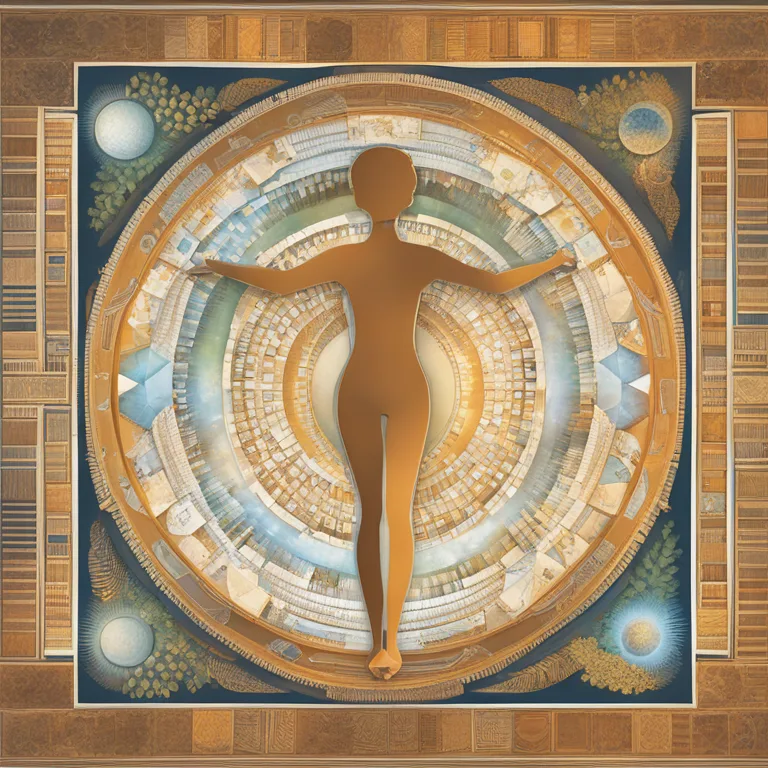
Rhythms of Life: The Role of Biological Cycles in Human Behavior
Delve into the science of biological rhythms and discover how these natural cycles influence human behavior and everyday life.
article by Adrian Wallace
Introducing Biological Rhythms
Biological rhythms are ingrained patterns that regulate countless processes in the human body. They are the invisible conductors orchestrating our physical, emotional, and mental states, influencing everything from sleep patterns to hormone levels. These rhythms exist in a delicate balance, responding to and shaping our interaction with the environment. Over time, scientific research has dissected these patterns, revealing a complex network of cycles ranging from the well-known circadian rhythms to less understood ultradian and infradian rhythms. Understanding these biological clocks is key to appreciating how they underpin behavior and overall health.

The Circadian Rhythm: Master Clock of Daily Life
Circadian rhythms, approximately 24-hour cycles, are the most recognized amongst biological rhythms, governing our sleep-wake cycle and a host of other physiological functions. They are regulated by the brain's suprachiasmatic nucleus (SCN), which responds to light cues and synchronizes the body with the day-night cycle. Disruptions in this rhythm, such as those experienced by shift workers or travelers crossing time zones, highlight its influence on mood, cognitive abilities, and metabolic health. With emerging research, the intricacies of circadian rhythms continue to offer insights into personalized medicine and occupational health.

Ultradian and Infradian Rhythms: The Lesser-Known Cycles
While circadian rhythms rule the span of a day, ultradian (less than 24 hours) and infradian (more than 24 hours) rhythms also play pivotal roles. Ultradian rhythms, like the 90-minute cycles observed during sleep, dictate the alternation between REM and non-REM sleep, impacting learning and memory consolidation. On the other hand, infradian rhythms such as the menstrual cycle, can affect not only reproductive health but also mood and behavior. By acknowledging these patterns, we can tailor lifestyle choices, work schedules, and even therapeutic interventions with greater precision.

Biorhythms and Emotional Well-Being
The concept of biorhythms extends biological cycles into the realm of emotional and intellectual states. According to the biorhythm theory, three primary cycles—the physical, emotional, and intellectual—ebband flow in predictable patterns. Enthusiasts believe that by tracking these cycles, individuals can predict peak and low periods in various aspects of their lives. While the scientific community remains skeptical of the predictive power of biorhythms, there is an undeniable link between cyclic patterns in the body and one's emotional health.

Real-world Applications of Biological Rhythm Research
The study of biological rhythms has implications far beyond academia. It influences work schedules, educational systems, and even the timing of medical treatments in chronotherapy. Coordinating cancer treatments with the body's circadian rhythms, for example, may enhance the efficacy of chemotherapy while reducing side effects. In the workplace, accommodating natural cycles can maximize productivity and reduce burnout. As our understanding evolves, these applications will undoubtedly refine human-centered design in various industries.
Embracing Our Internal Clocks in Daily Life
To harness the power of biological rhythms, one must first become attuned to their own patterns. This may involve maintaining a consistent sleep schedule, being mindful of diet and exercise, or strategically timing activities to align with personal high-energy periods. As wearable technology advances and becomes more integrated into healthcare, individuals will have unprecedented access to personalized data on their biological cycles. This could revolutionize not only personal health management but also facilitate a broader societal shift towards rhythm-aware practices.
Published: 12/28/2023
Modified: 12/28/2023
More predictions
Come back here soon to learn more about yourself and your future


Unlocking Biorhythm Calculations
Learn the ins and outs of measuring your biorhythms to align with your natural energy cycles for enhanced well-being and decision-making.


The Practical Uses of Biorhythms in Our Lives
Discover how biorhythms can be applied to improve well-being and achieve a better understanding of personal cycles in health, decision-making, and relationships.


The Concept of Biorhythm Compatibility
Discover the concept of biorhythm compatibility and its role in personal relationships in this comprehensive guide.